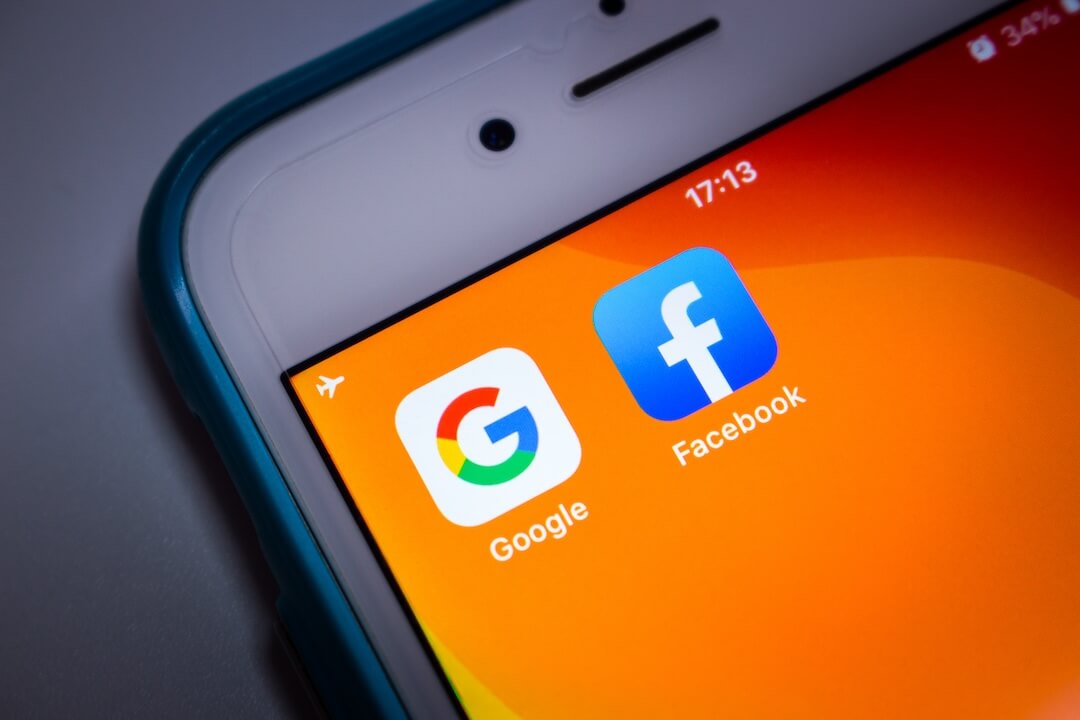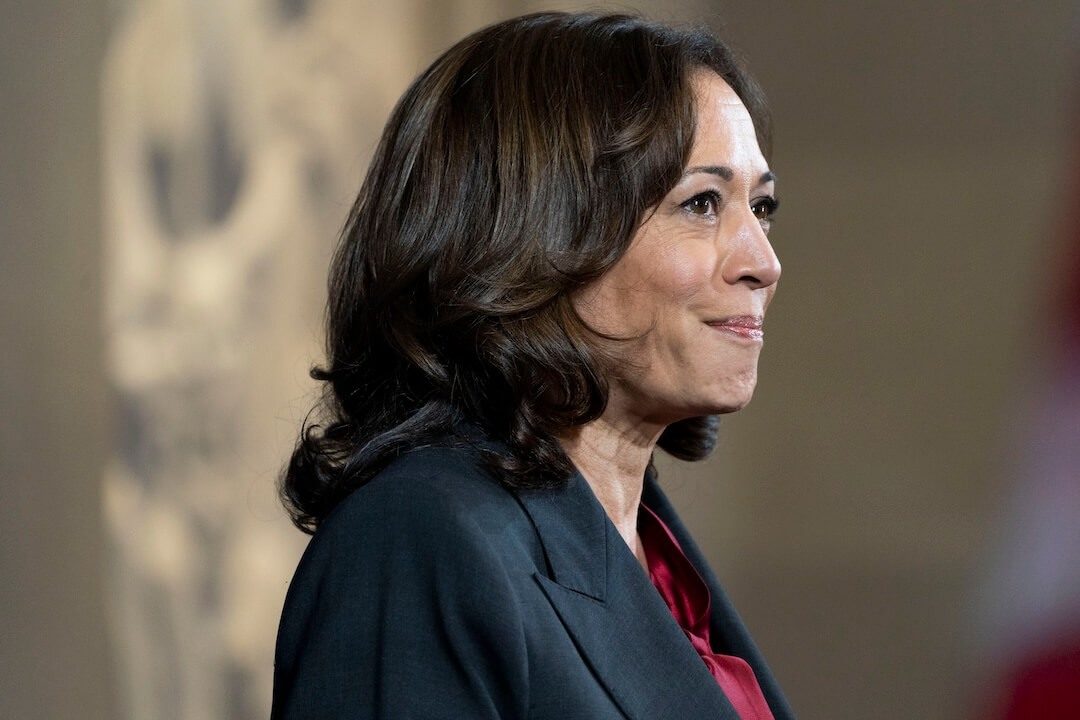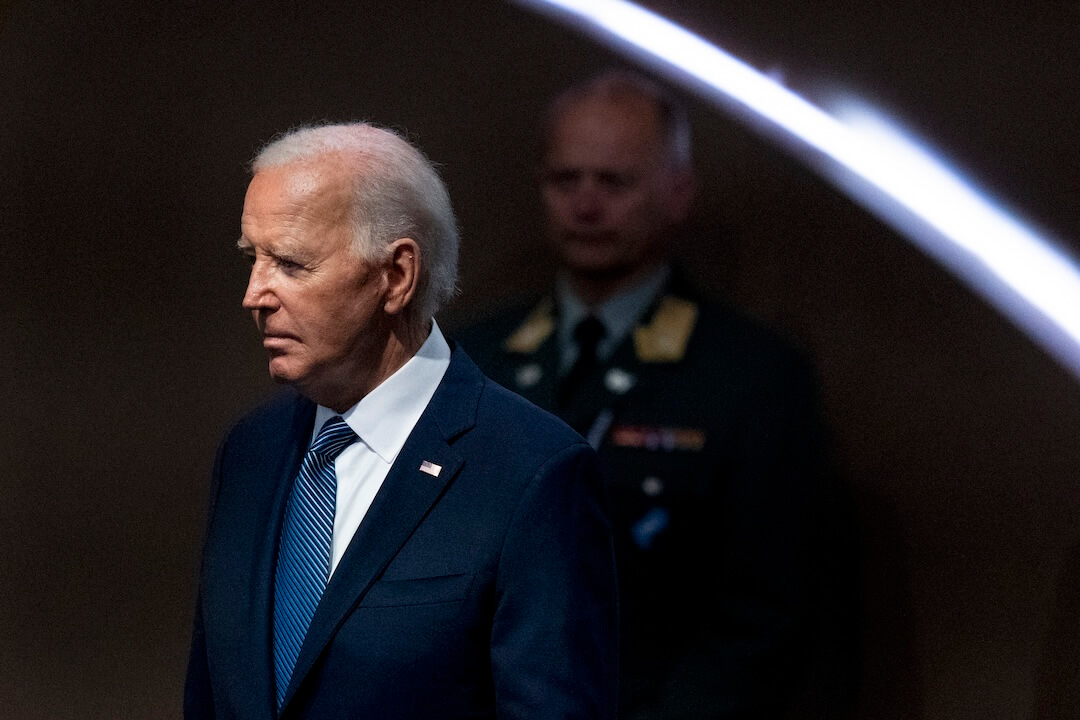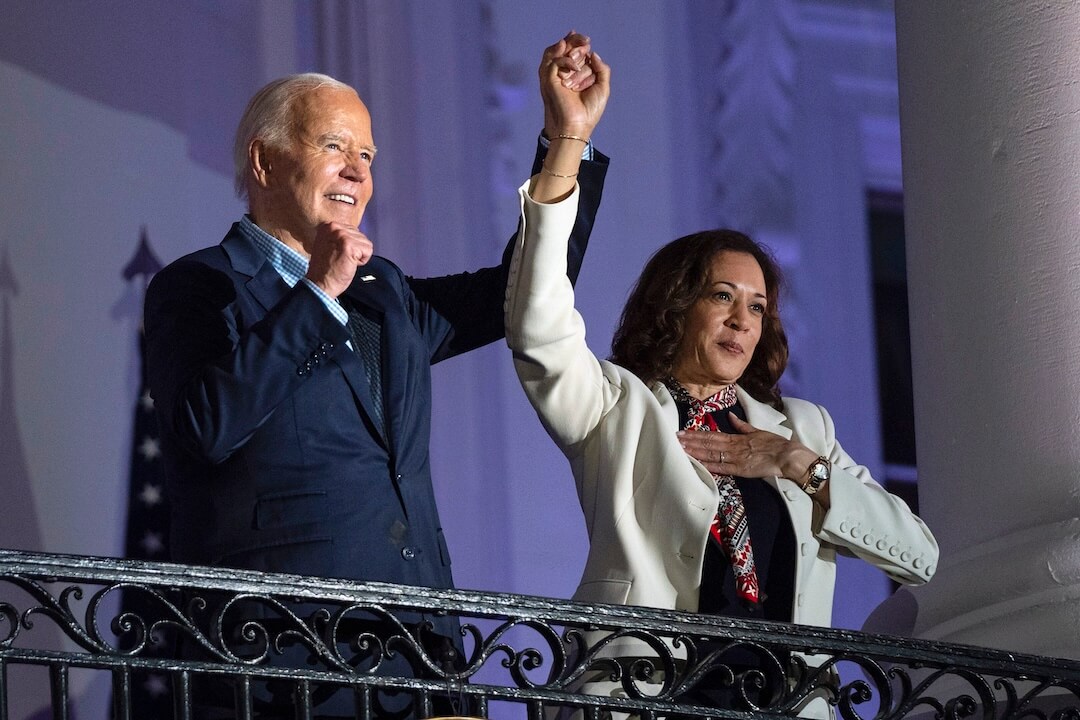In November, we published a working paper that estimates that Google and Meta owe U.S. publishers between $11.9 and $13.9 billion a year.
Since we launched that co-authored working paper, “Paying for News: What Google and Meta Owe US Publishers,” we’ve had lots of interest in our methodology, some questions and (unsurprisingly) some criticism.
With our co-authors, we found that Google and Meta are underpaying publishers for news, and that if the Journalism Competition and Preservation Act were passed in the U.S., Google and Meta would be pushed to make payments that are larger than they are paying now.
Separately, Schiffrin has joined others in drafting principles calling for platform remuneration that is transparent, requires money to be spent on news and includes smaller outlets as well as larger ones.
We’re getting requests nearly every day from people all over the world, so we drafted answers to some of the FAQ.
Q: In your paper, “Paying for News,” you come up with a huge number for what Google and Meta “owe” U.S. publishers for distributing news. Why are your numbers so big?
One reason is that we defined news-related searches differently than Google. Google insists that “News queries on Search accounted for under 2% of total queries on Google Search globally in 2022.” However, they don’t say how they define a “news query” or release any data to support their assertion. The 2% figure seems very low to us. We cited work by other economists, including the Fehr Advice study, that suggests that the demand for news-related information is much higher. Then we figured out how much of Google and Meta’s total ad revenue is related to news and discussed how it should be shared. If anyone has hard data on traffic, we’d love to see it. We are academics; we love data.
Q: Aren’t you ignoring the benefits to publishers from the subscription traffic they get from Google sending news their way?
Google says that publishers should be grateful for all the traffic it is sending their way, but Google knew perfectly well that building a great search engine (or large language model, a whole new conversation) would make people not need to look at the websites of news organizations. They even said so in their patent applications.
The way we explain it to our students is this: Imagine that you have a bakery and sell delicious, crusty blueberry muffins. Every morning someone comes along and takes the top off the muffin, leaving only the dry bit underneath. Then, when it becomes clear that it’s impossible to sell the dry bit at the bottom, you are told you “need a new business model.” A bit ironic that the biggest advertising companies in the world are now telling publishers to turn to subscriptions and membership.
We focus on the value created on platforms like Google and Facebook from news content because it represents the overwhelming fraction of jointly created surplus.
Sure, news outlets get some value from subscriptions that come to them through search or by being seen on platforms. It’s easy to adjust for that in our calculations. Any value obtained on the publishers’ side through this relationship, such as through click-throughs, can be adjusted by offsetting our $13.9 billion number with 50% (or any other appropriate split) of downstream publisher revenues coming from click-throughs or other additional value.
In fact, we discuss this point in our paper: “The payments owed from platforms to publishers should be calculated net of any value that publishers are already receiving from platforms.” Doing so will not change the robust conclusion that platforms are massively underpaying publishers for the use of their content.
Q: So once you work out the share of time spent related to news and the amount of revenue that is related to that, how do you come up with the idea that the money should be a 50/50 split between platforms and publishers?
In our paper, we first estimate the size of the “additional value” jointly created by tech platforms and news publishers working together, and then calculate what a fair division of this value would be across the two complementary services, absent Google’s formidable market power.
Another analogy: A family friend recently decided it is time to move to assisted living. She wants to sell her apartment. It’s worth about $2 million, and she has a neighbor whose apartment is worth about $4 million. If my friend sells to her neighbor and her neighbor knocks down some walls and makes one big apartment with beautiful views, it could be worth $15 million. Separately, their apartments are worth $6 million but, together, they could be worth $15 million. How do you share that $9 million of surplus value created by coming together?
Decades of economic work have grappled with this kind of question, finding, using multiple approaches, that a 50/50 split is desirable. This has been the case historically with licensing agreements and some music streaming arrangements. But anyone who disagrees is welcome to change the split if they want. Software engineer Abhinav Malhotra created a new widget allowing people to input whatever split they think is right. Go ahead and try it.
If you think a fair split of revenue that should go to publishers is around 30% or 40% or 50%, you may be surprised to learn that the recent settlement made by Google in Canada is about 1.7% of revenue from Canadian search, and another in Australia is close to 4.1% of revenue from Australian search, economist Hal Singer said at a December 2023 hearing at the California Legislature on the importance of journalism in the digital age.
Q: What if platforms punish publishers by reducing news content?
The fear of being dropped by Google and Meta is real. We saw it happen in Australia for a few days in 2021, in Spain for seven years and in Canada last year. It seems the hit to traffic is worse for smaller digital-only publishers than for larger ones, according to a recent study by the Centre for Media, Technology and Democracy at McGill University. This shows again that the playing field is uneven, which subsequently raises a policy question: Should governments give up because tech companies are too big to regulate, or should they step in to level the playing field, as Australia did? In Canada and Australia, government intervention resulted in increased payments for publishers.
It is important to understand that the ability of a platform, especially Google, to remove news content completely is limited by the reduction in value it would face by doing so. Can you imagine Google search with zero news publisher content? It would start resembling Amazon.
Google’s ability to credibly reduce news content depends on the size of the market (it’s harder for them to cut off news in big markets like the U.S. or Latin America) and on the ability to provide substitutes to news content from one country (limiting, say, Spanish news, but still allowing news from the Eurozone). If publishers unite, whether through legally permissible trade groups or government regulation, it will make it harder for platforms to drop news.
Q: Wouldn’t it be much better to have a digital tax or have Big Tech contribute to a special fund? Why a bargaining code?
We’ve written reports on policy options to help journalism and we co-host a conference on this topic every year (email us if you are working in this area and want to attend). It’s clear there are many excellent ways to support journalism — ways that are being tried all over the world: journalism funds, both public and private, Rescuing News Through Tax Credits, a New Deal for Journalism, using local government adverts to support ethnic and community media in New York City as well as robust systems in Scandinavia, France and Canada that have worked for decades and more recent initiatives in South Africa and Indonesia.
However, many of these brilliant ideas take a long time to develop and implement. To date, there are no digital taxes funding journalism anywhere in the US. Further, in many countries (for example, sub-Saharan Africa and much of Latin America), journalists do not want government support. They don’t even want government involvement in drawing up lists of which outlets are eligible for tax credits, subscription vouchers or government advertising. The reality of what is happening is that publishers are so desperate for cash that they are making deals with Google and taking less than what a fair payment would be.
We’re not saying that bargaining codes alone will save journalism. We’re saying that more money should be going to the outlets from Google and Meta than has been the case. Where we’ve seen regulation, or the possibility of regulation, payments from Google to news publishers have risen.
Q: OK, you have convinced me that the current system is unfair. What does this mean for artificial intelligence? How do we calculate what news is worth to large language models?
When it comes to large language models, there is an even stronger case for payments to be made for any LLM results related to current affairs. Here’s a simple but powerful idea: There is no way generative AI can provide results on current affairs (whether its politics, entertainment, sports, or whatever) without taking input from news publishers. There should also be payments for legacy information generated by news. We’re watching the current lawsuits closely. Our approach is relevant to this topic and can contribute to understanding the value of news to these AI models.







